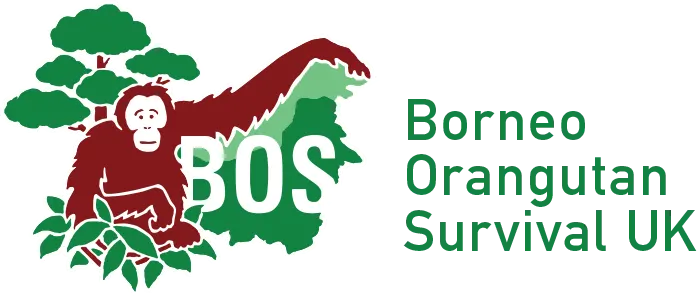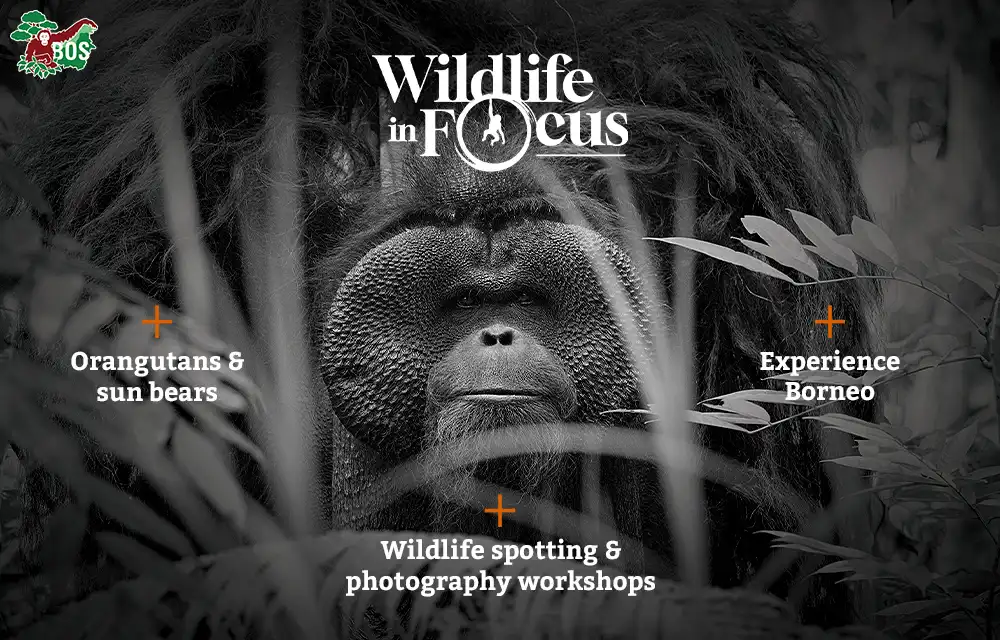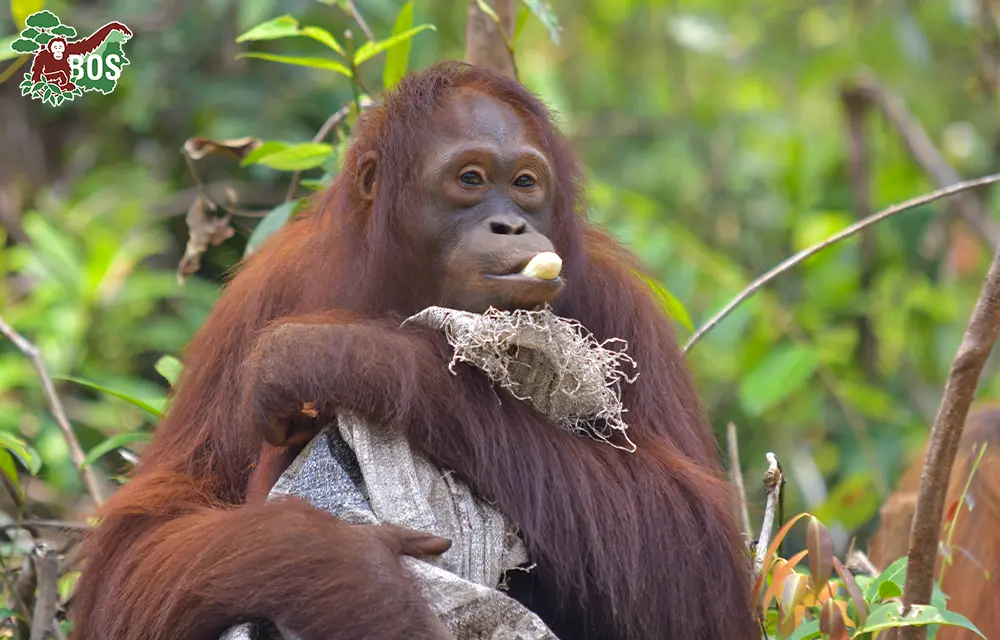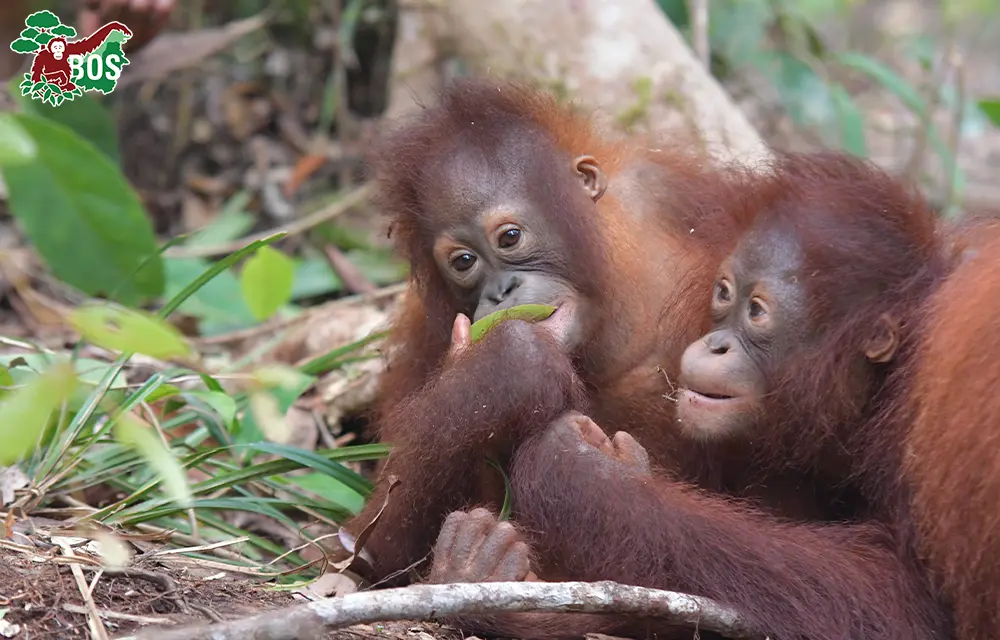In addition to Post-Release Monitoring (PRM), PT. Restorasi Habitat Orangutan Indonesia (PT. RHOI) also runs a habitat management and restoration program (PPH). This program is one of the ecosystem restoration activities carried out by the RE-PPH Division. As the name suggests, the RE-PPH division manages domestic waste generated during camp operations. Additionally, our team is responsible for managing the genetic resource conservation area (KPPN) and overseeing reforestation programs.
Our team’s reforestation program has been running since early May. There were, of course, many preparations that had to be made. These preparations included repairing the nursery building, sourcing humus soil, and collecting seeds from mother trees. As we know, the nursery is where plant seedlings are cultivated until they are ready to be planted in new areas. The method used by our team to obtain these seedlings is the extraction method. Our team collects seedlings growing around the mother tree to be replanted in the nursery until they are ready to be transplanted into new areas.

Currently, there are approximately 10 species of food and nesting trees that have been successfully transplanted, including Artocarpus sp., Lithocarpus sp., Pternandra sp., Adinandra sp., Durio sp., and Nephelium sp. The selection of these species aims to enrich and expand the variety of food and nesting trees for orangutans in the Kehje Sewen Forest area.
However, managing the nursery doesn’t always go smoothly. Not all of the transplanted seedlings thrive. Some die, others are unhealthy, and some are even attacked by insect pests. Whether due to errors in the transplanting technique or ineffective post-transplant care, challenges remain. Nevertheless, our team continues to evaluate and improve methods to increase the survival rate of the seedlings in the nursery.
The planting medium is a critical factor in the success of the nursery process. Our team eventually sought out soil with a higher humus content and mixed it with leftover wood shavings. After improving the planting medium, our team replaced the dead plants with newly transplanted seedlings.

Effort pays off! After optimizing the transplanting techniques, the plants are now growing much better. Every day before starting the main activities, our team begins the day by monitoring the development of the plants in the nursery. As seen in the photos, seedling maintenance is a key part of our routine. Our team is busy watering the plants, weeding, and clearing unwanted plants from the nursery beds and surrounding areas. Now, the survival rate of the plants in the nursery is improving day by day.
We hope that with continuous care and maintenance, the plants in the nursery will continue to thrive and be ready for planting in new areas of the Kehje Sewen Forest.
Text by: RE-PPH Team, PT. RHOI at Kehje Sewen Forest, East Kalimantan
Will you help us rescue, rehabilitate and release orangutans back to freedom? Thank you!





